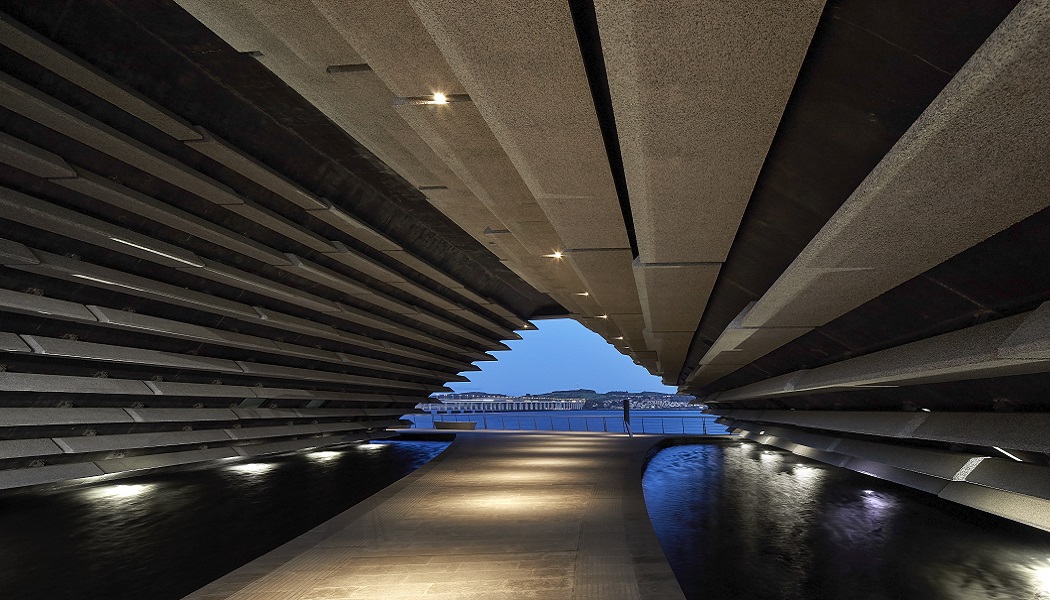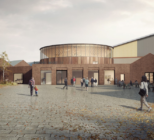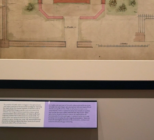Around one in every five Scots define themselves as living with a disability. That’s roughly one million people throughout the nation and, if the proportions remain roughly the same across the board, nearly 30,000 in Dundee.
Having been devised as a community asset just as much as a cultural hub, V&A Dundee is determined that this large section of the population not feel frozen out from a visit to Kengo Kuma’s striking waterfront museum.

Research conducted last summer by Kids in Museums, Autism in Museums and SEND in Museums found that 71% of families with children who have special educational needs and disabilities felt museums were too crowded to visit.
Speaking in a Museums Galleries Scotland blog after these findings were made public, Claire Madge, founder of Autism in Museums, highlighted a rare win brought on by the pandemic.
“Restrictions to visitor numbers that social distancing demands actually means many autistic families are able to visit museums for the first time and benefit from the quieter, calmer atmosphere,” she notes.
This is a notion that V&A Dundee concurs with and, following the jarring experiences of lockdown, has decided to do something significant about.
Six years ago, before the V&A Dundee existed anywhere other than on an architect’s plan, work was already under way to plot how the Tayside design museum could provide a welcoming environment for as many visitors as possible.
Peter Nurick, V&A Dundee’s communities producer for access and inclusion, had already begun working with colleagues and external organisations to make this aim a reality.
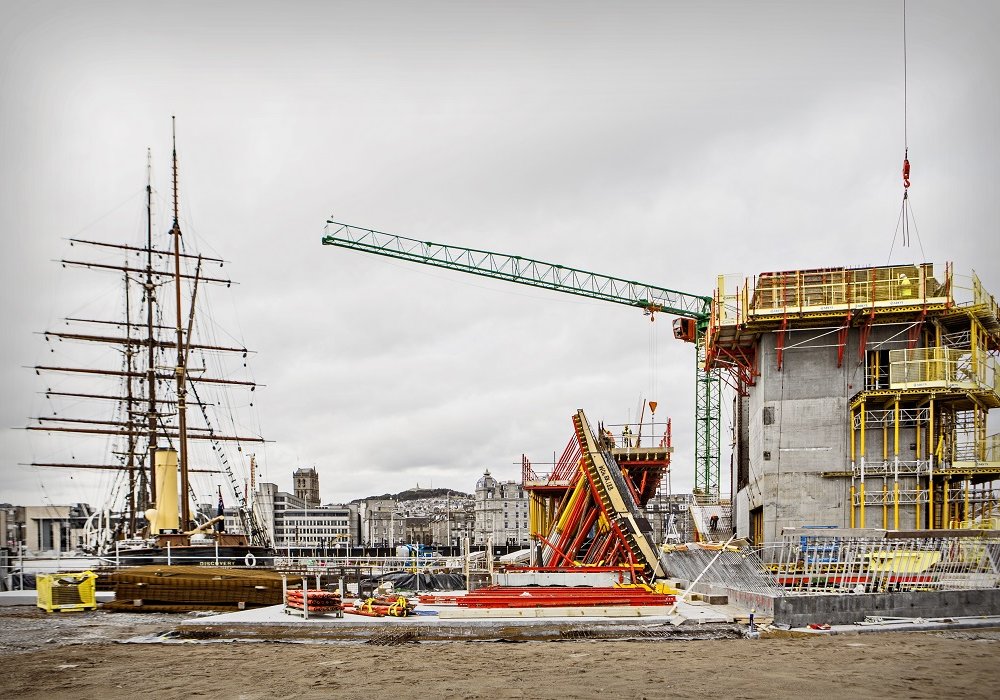
“For a lot of people, visiting a museum can be quite an intimidating prospect,” he tells Advisor. “From the very first discussions we recognised that offering sensory friendly events was something we wanted to do. Lots of museums had been doing autism hours, but we wanted to build on that.”
While the word access is in Nurick’s job title, using the term accessible is not a practice he is entirely comfortable with.
“As a rule, we try to avoid saying anything is accessible. We will always highlight increased accessibility features but the truth is that it’s always about letting people make up their own minds regarding whether what we’ve put in place is suitable for them.
“This is also why we don’t call our sessions autism events, because it is not our job to dictate who may find them accessible. You have to give people all the information and they will decide if it works for them depending on their specific needs.”
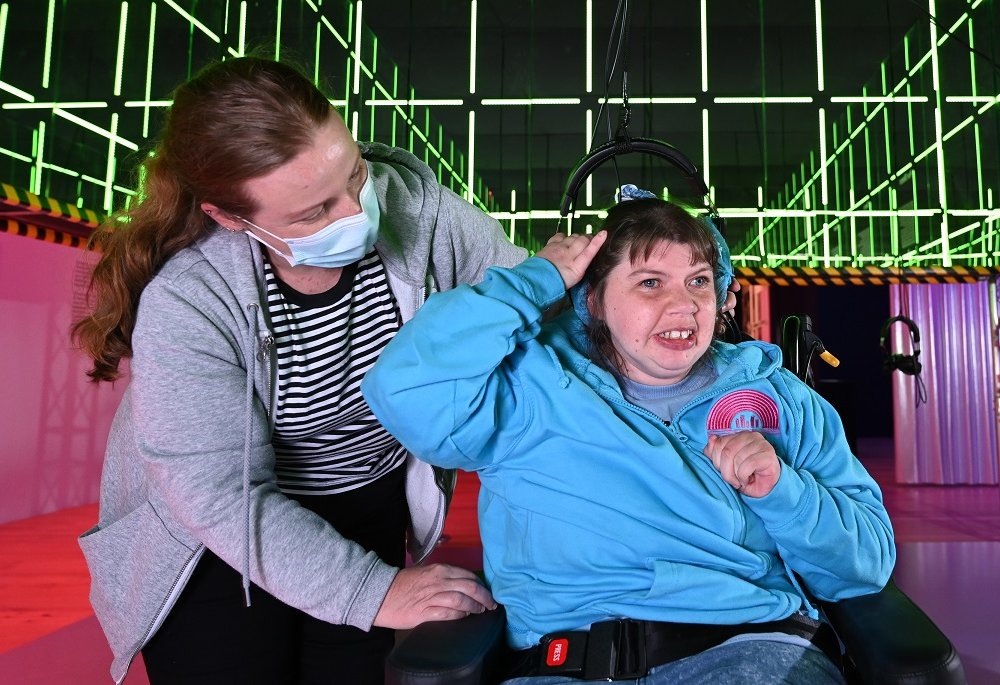
Evolving access
V&A Dundee’s first programming seeking to address accessibility barriers came in the form of Sensory Friendly Morning sessions. The scheduling – between 7:30 am and 10am – meant that attendees with anxiety about crowded spaces could enjoy a peaceful tour of the site before general admissions began.
Offering a relaxed environment was only feasible outside standard opening hours in the early days, as the museum’s appeal went far beyond initial predictions. V&A Dundee was welcoming around 7,000 people per day at its peak, with the milestone of one million people through the door reached ahead of schedule.
When the team evaluated the Sensory Friendly Morning events, it became clear that scheduling was excluding people for whom early rising was not an option. To combat this, evening slots were timetabled.
While this eradicated some of the problems, the need to empty the site, debrief staff and have a hasty clean before sessions could commence meant they were no panacea.
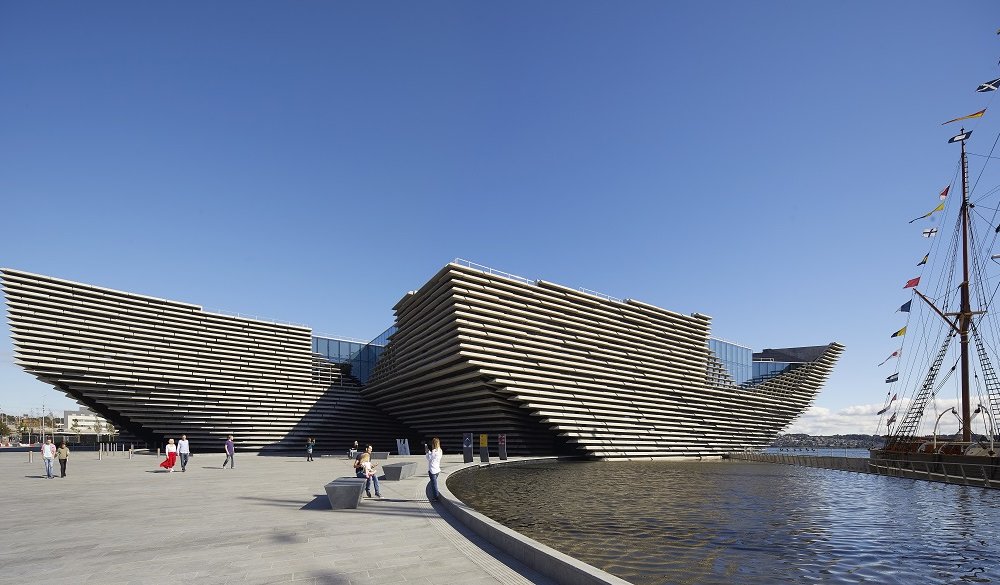
Despite receiving positive feedback from attendees and offering vital services to those shut out from visits in peak times, the events were still only attracting dozens of visitors.
It was, as Claire Madge highlighted, the pandemic that unexpectedly offered a solution.
This summer has seen V&A Dundee debut Sensory Friendly Days. Running between 11am and 4pm, the events dedicate an entire day to providing an environment in which visitors living with a wide range of disabilities or sensory needs can explore the site in whatever way best suits them.
The museum takes precautions to avoid any queues or loud tannoy announcements and makes certain all staff on shift have received a high standard of training in order to provide the support visitors may need.

Ensuring equipment available on site is of a high calibre has been something of an occupational obsession for Nurick, who believes cultural venues are all too often ill-prepared to fully engage neurodiverse visitors with collections.
“Quite a lot of venues offer sensory resources that are essentially generic touchy feely bags you may get at a community venue or shopping centre. You get the feeling these are often used as a distraction, to keep someone occupied while others explore the collections. This is something I profoundly disagree with.
“The content we have for all visitors, regardless of any disability, is linked to specific items or themes and is in place to facilitate direct engagement with the collection or an exhibition.”
One of the ways in which V&A Dundee has sought to set itself apart from convention is through the development of multi-sensory backpacks in partnership with local non-profit PAMIS, which works to promote inclusivity.

These free-to-access resources contain a selection of objects which together form a “condensed version of all the themes on show at a given time”, offering tactile avenues into engagement with a collection that Nurick concedes is “displayed in very traditional ways on the most part”.
With Sensory Friendly Days arranged to coincide with major exhibitions, a new backpack is produced for each show. Last year’s Hello Robot exhibition, for example, saw bags resembling R2-D2 from Star Wars stocked with a range of items pertaining to the exhibition’s tech-focused content.
The current major exhibition, Night Fever: Designing Club Culture, has seen neon purple, green and orange backpacks introduced.
Made of transparent plastic, they have the dual benefits of being wipeable – to ease Covid contamination fears – and removing the fear for some users about reaching into a bag of unknown objects.

“It is vital that we understand the distinctive needs of people who are often excluded from society,” notes PAMIS volunteer Rachel Persheyeva.
“By focusing on these needs, and working to remove barriers in the lives of people with profound and multiple learning disabilities, we can help them to achieve equal access to society.”
The backpacks offered at V&A Dundee, she adds, have been “carefully designed, incorporating our key learnings on vision, hearing, and other senses” to make them an “effective tool in helping people with their learning and communication needs”.
Whether or not visitors attend on a Sensory Friendly Day, the backpacks can be booked in advance by emailing the museum. This service, along with the hire of items such as wheelchairs, is now not only advertised on the V&A Dundee access webpage but also on the main ticket purchasing portal.
This change, Peter Nurick notes, is “really nice and very welcome because it brings accessibility to the forefront; ensuring nobody is unaware of the support available during a visit”.

Progress in posterity?
V&A Dundee’s goal is to return to opening seven days a week when the public health situation allows. While this would inevitably deliver a welcome cash boost to the site, it leaves questions looming over whether Sensory Friendly Days will continue.
The current model is run under the learning programme umbrella. “A lot of this area of the museum’s work doesn’t generate income, in fact it doesn’t break even,” Nurick explains. “This is because we’re an education charity with the social purpose to support people.”
With this in mind, the site’s access and inclusion specialist hopes the initiative is perpetuated regardless of its financial impact.

“While these events do make some money – through sales at the shop and café – I’m confident the decision will be made to continue them regardless of any potential losses compared to a standard opening day.”
The sizeable upturn in attendees will also, Nurick believes, strengthen the case. “For the most recent event, on 10th August, we sold 255 tickets sold. This was a fantastic response when you consider our first Sensory Friendly Morning session drew around 30 people. There’s clearly a real appetite for these types of events.”
While acknowledging that the organisation “needed that push” provided by the pandemic to offer full-day sensory friendly programming, he remains highly optimistic about what’s been learned over the past 18 months.
“As much as the pandemic has been such a huge challenge for everyone, there have been some opportunities that have accelerated accessibility and given more prominence to the subject.”
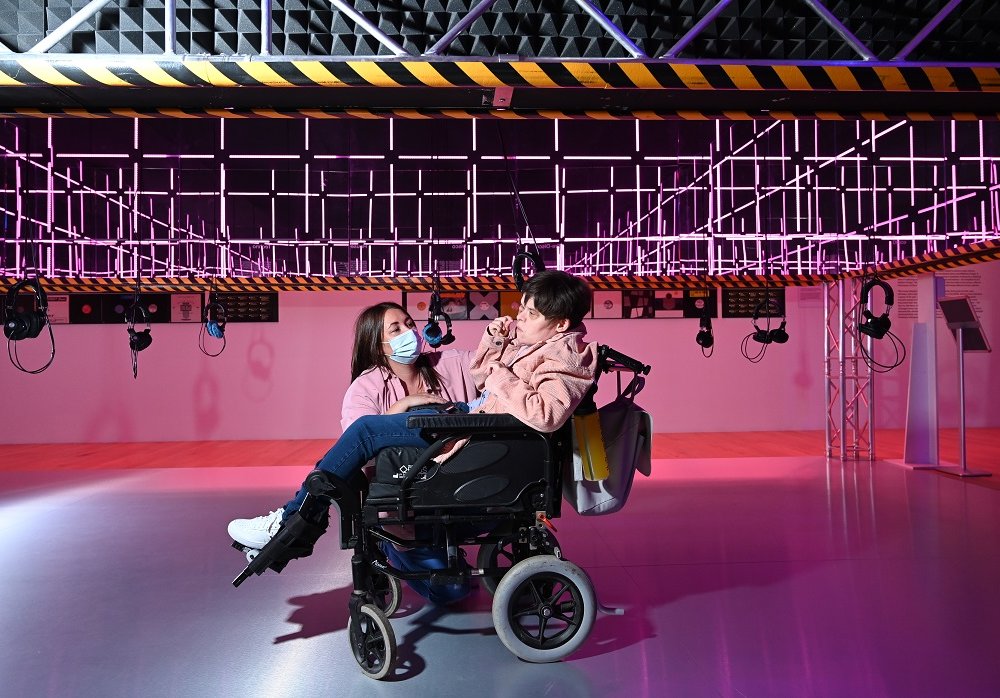
Regardless of what lies ahead, and after the experiences of fluctuating restriction levels having become the norm, Nurick is sure the museum will go from strength to strength in its pursuit of the most accessible V&A Dundee possible.
“Mine and the team’s mission remains unchanged and we remain as enthused as ever to make the often imperceptible changes that ensure far more people can enjoy the same high quality museum experience.”
The next V&A Dundee Sensory Friendly Day will be held on Tuesday 19th October.

